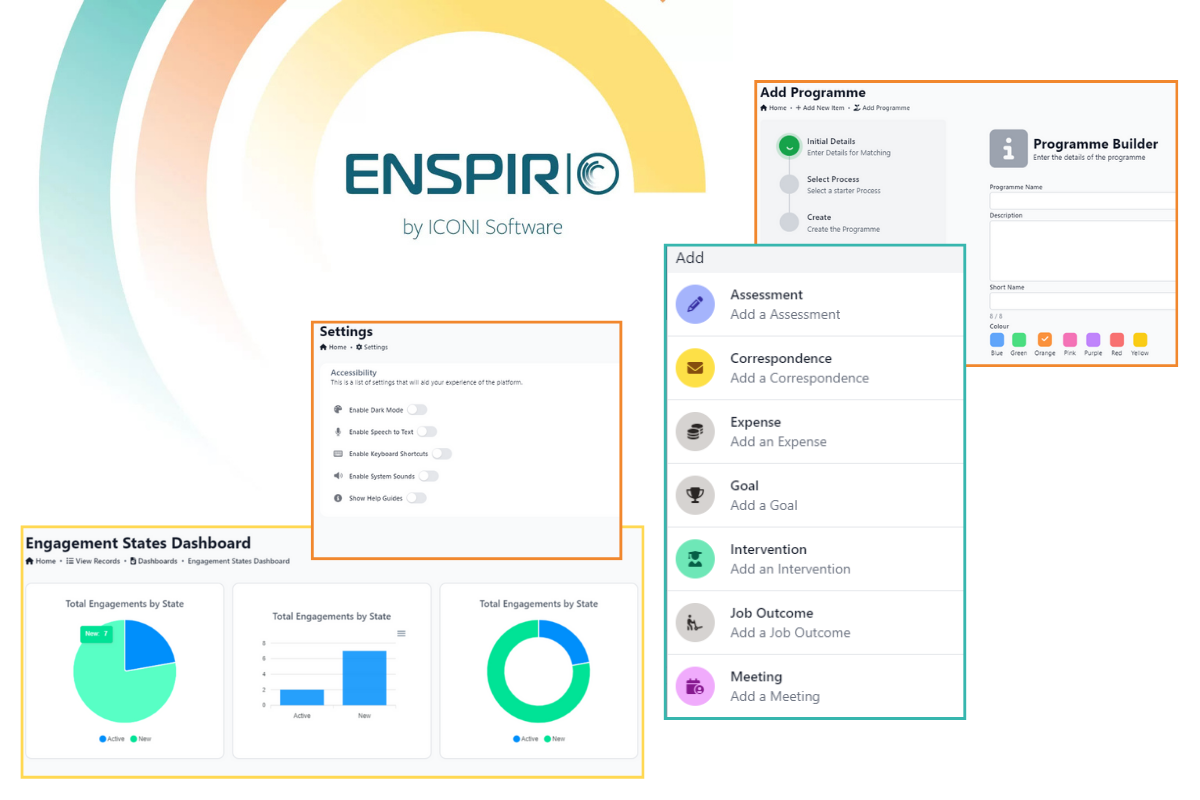Compliance and quality fundamentals – how to plan and evidence ‘off-the-job’ training (OTJT)

Off the job training (OTJT) is a fundamental pillar of quality and compliance for apprenticeships. It’s also commonly misunderstood, which can undermine the design of learning plans and the evidence needed to support funding claims.
You’d be forgiven for getting confused with the term ‘off-the-job’. It’s a grey area of compliance concern and providers and apprentices often have many queries around the topic.
In this blog we’ll answer some of the common questions that crop up around OTJT.
What is off-the-job training?
In a nutshell OTJT is the minimum amount of relevant training an apprentice must undertake to become occupationally competent and proceed to their end-point assessment to complete an apprenticeship. It’s possible that a programme may require more than the minimum requirement to allow learners to complete all objectives across the standard.
How can I tell which learning activities count as OTJ?
Many learners and providers struggle to understand what OTJ really means. It’s perhaps easiest to think in terms of what this doesn’t include i.e., that is training which is received by the apprentice to enable them to perform their day-to-day duties that do not specifically link to the apprenticeship standard they are on. OTJT should include development activities that are linked to the Knowledge, Skills, and Behaviours (KSBs) of the apprenticeship standard, which must be carried out in normal working hours. It can include lectures and online learning, practical training, shadowing, mentoring, industry visits and time spent writing assignments, for example.
The ESFA’s Four Tests provides a step-by-step guide to help you determine whether an activity counts as OTJ training.
Summary:
- Is the individual signed up to the apprenticeship programme?
- Is the activity directly relevant to the apprenticeship?
- Is the activity teaching new knowledge, skills, and behaviours?
- Is the learning taking place in the apprentice’s normal working hours?
It’s not about where the activity takes place but what the activity is. So, some off-the-job likely does take place ‘on the job’.
Understanding off the job is fundamental to designing a compliant programme and achieving what I call ‘compliance by curriculum’.
How can providers build off-the-job compliance into their curriculum design?
Provider curriculum should be built out of the development tasks required to be occupationally competent in the KSBs of the apprenticeship standard which can signpost both on and off the job hours. But essentially, you should have a programme designed that is an eligible apprenticeship: the off the job hours can be quantified to the tasks you expect an apprentice to complete. During initial assessment these tasks and the volume of OTJ hours required by the individual to develop occupational competence will be determined, and if the hours is less than the calculated minimum the individual will be ineligible for funding.
How many hours should I plan for?
Apprenticeships take a minimum of 12 months to complete and from August’22 the minimum amount of OTJ training must be at least 278 hours across a training period of at least that 12-month period. The funding rules say this averages at least 6 hours per week in a calculation that excludes statutory leave (5.6 weeks a year when an apprentice doesn’t need to do any OTJT). If your training phase before end-point assessment is longer than 12 months, then that’s extra hours for each week you plan your programme to be longer. But here’s the thing: if you do exclude statutory leave, the actual off the job hour minimum your programme needs to hit is at least 5.35 hours a week.
Its distribution is up to you as long as you have something every month. The distribution of hours within a programme is flexible, but volume must meet the minimum. Your programme may also incorporate different delivery models, from a regular day release, block delivery, concentrate, front loaded or mixed delivery model.
But my top tip is to understand the activity in your programme. The time it takes to develop competence in those KSBs and a useful benchmark is to use the typical duration of a standard and multiply that by 5.35 hours a week. If your programme has less hours in it than recommended by the employers who designed that standard, then your programme might benefit from review.
Taking a deeper dive
For a deeper dive on this full topic, we recommend attending our webinar on Planning and evidencing ‘off-the-job’ training – compliance and quality fundamentals
In this session, we’ll walk you through the role and impact of OTJ training at each stage of your delivery process, the methods you can use to plan and evidence OTJ training and how to avoid common errors and pitfalls.
The session will be practical and action-focused, drawing on the latest best practice from our work with over 1,000 apprenticeship providers.
You’ll come away with:
- A clear understanding of the core rules relating to OTJ training at every stage of your delivery process.
- A greater awareness of the common errors and pitfalls to avoid.
- Practical methods you can use to plan, evidence, and report OTJ training.
- Actions you can take across compliance, curriculum, and quality teams to improve your approach to OTJ training.
- To complement this session, we’re also hosting a Masterclass in Curriculum Design, to give you a deep dive into what this means for your programme design.
The webinar will be facilitated by SDN Strategic Associate, David Lockhart-Hawkins. David lives and breathes apprenticeship compliance and has worked with providers across the country to establish effective compliance systems. David has been at the forefront of the apprenticeship reform compliance strategies, helping providers prepare to deliver standards.











Responses